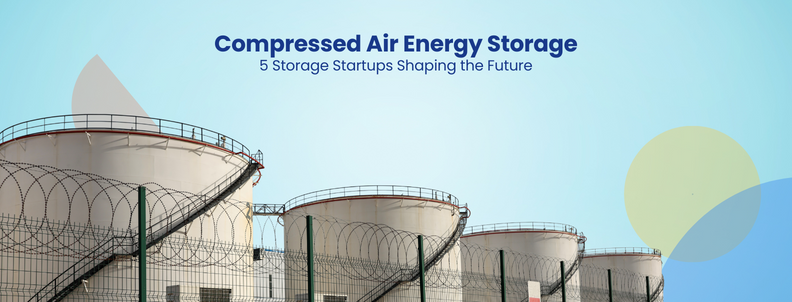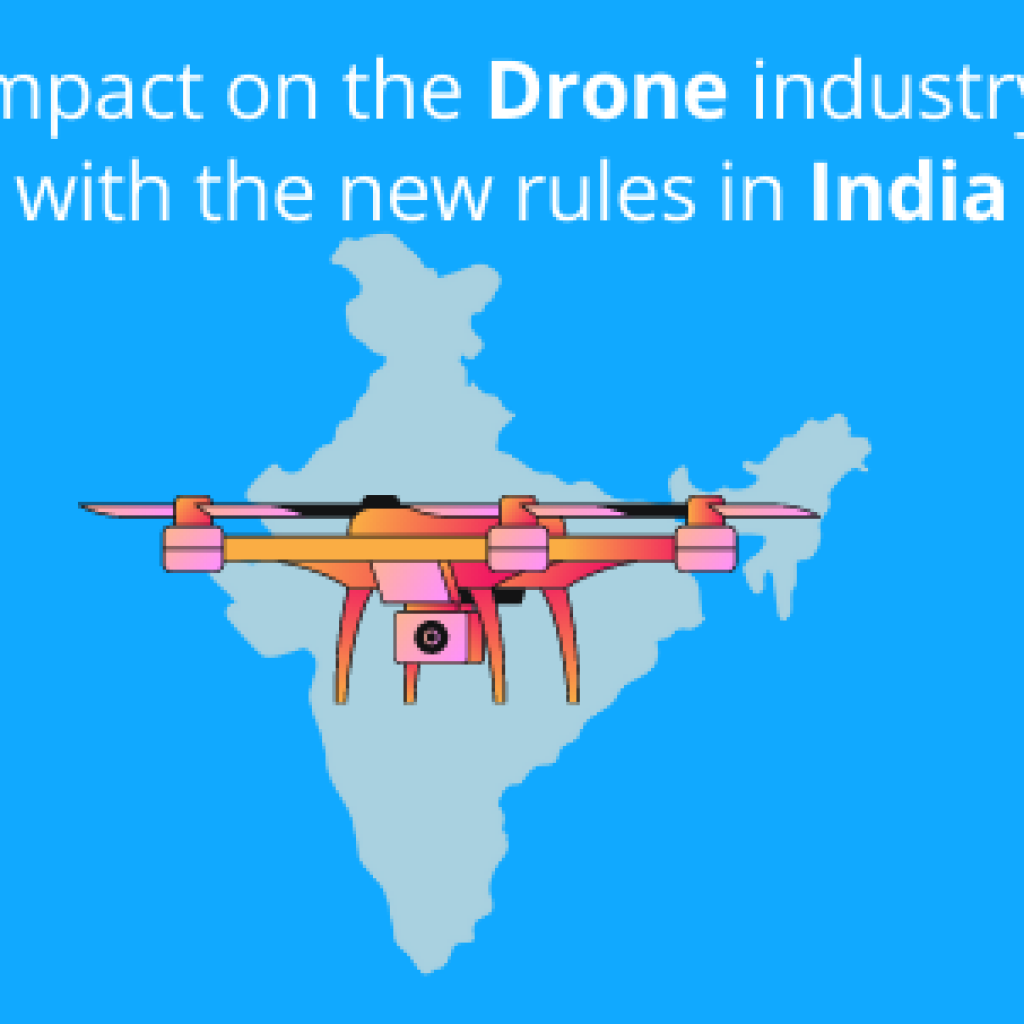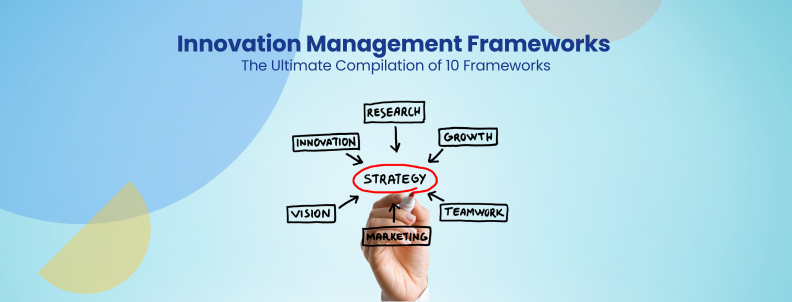Traditional energy storage methods such as lithium-ion batteries and pumped hydroelectric energy storage have served the industry well by addressing the intermittency issues inherent in renewable energy sources like solar and wind. However, these solutions come with challenges like environmental concerns, scalability limitations, and high costs associated with materials and deployment. This backdrop sets the stage for the need for innovative solutions like compressed air energy storage (CAES) in long-duration energy storage systems.

Source: Hydrostar
CAES leverages the simple yet effective principle of using surplus energy to compress air in underground caverns or containers, which can be released to generate electricity during peak demand.
Compared to traditional methods, CAES stands out for its lower environmental impact, scalability, and potential for lower costs, particularly in regions with suitable geological formations.
This article highlights five compressed air energy storage startups at the forefront of the industry, showcasing how they are overcoming the limitations of conventional energy storage solutions and paving the way for a more sustainable energy future.
1. Storelectric is enhancing grid stability
Existing CAES plants, like those in Huntorf (Germany) and McIntosh (USA), operate at around 42-54% efficiency. This is because they lose heat during compression and require additional fuel (natural gas) to reheat the air before expansion, leading to emissions.
Founded in 2013 in the UK, the Storelectric Green CAES solution utilizes a thermal energy management system to capture and store heat generated during air compression. This heat is then used to reheat the air during expansion, eliminating the need for additional fuel and significantly increasing efficiency.

Their CAES technology claims to increase the efficiency of traditional CAES by 10-15% while reducing its costs by over 40% and making it hydrogen-ready.
The company’s CEO, Jeff Draper, leads the team of energy, engineering, and environmental science experts, pushing the boundaries of compressed air energy storage.
Storelectric has raised £1M in funding from 350 PPM in Dec 2018.
2. Cheesecake Energy’s eTanker reduces costs by 30% compared to traditional CAES
Unlike traditional CAES, which relies on specific geological formations like salt caverns for storing compressed air, Cheesecake Energy uses modular containers for air storage. This eliminates the need for specific geological features and allows for greater flexibility in choosing locations for deploying the system.
Founded in 2016 in the UK, Cheesecake Energy’s e-tanker uses a unique combination of compressed air and thermal energy storage.
Compared to the most affordable batteries on the market, the eTanker system delivers a remarkable 30-40% cost reduction. Moreover, it can provide full power for up to 20 hours at a significantly lower cost over a 25-year lifespan than lithium-ion batteries, which typically last only 5-10 years.

The startup’s CEO, Micheal Simpson, is a University of Cambridge graduate.
Cheesecake Energy has secured funding from notable entities, including a £9.4M grant in 2023 from the Department for Energy Security & Net Zero.
Intrigued by these innovative startups in compressed air energy storage?
Subscribe for more similar energy storage startups solving core industry challenges
3. Corre Energy uses mines as a CAES facility
Founded in 2018, Corre Energy addresses a crucial commercial and logistical challenge: the limited geographical suitability of traditional CAES facilities.
Instead of relying solely on scarce salt caverns, they explore utilizing existing industrial caverns like depleted mines or gas storage facilities for air storage. This potentially expands the number of suitable locations and reduces the need for constructing new caverns.

Source: Corre Energy
Headquartered in the Netherlands, Corre Energy’s underground energy storage claims to have a 35-plus-year life, unlimited storage cycles, and significantly low capital costs.
Its flagship CAES project, ‘ZW1’, is in the northeastern Netherlands. Another project in the Ahaus/Epe area in the North Rhine-Westphalia aims to contribute to the energy transition in Germany. The Germany project has completed 75% as of Feb 13th, 2024.
It raised a total of €19.8M, of which €8.9M was received in the last funding round of 2023.
4. TerraStor stores energy underground
Constructing traditional CAES facilities often requires extensive land acquisition, which can lead to conflicts with existing land uses, impacting local communities and ecosystems. The construction process can also disrupt the surrounding environment and create noise and dust pollution.
Founded in 2022, Terrastor’s Advanced CAES tackles this challenge using existing geology, such as salt caverns. Its plants can offer 100+ MW in power output and 8-24+ hours in storage duration.
Currently, TerraStor is targeting salt caverns, but there may eventually be possibilities of completing air storage projects on former oil and gas locations. Further, they claim 30 – 50 years of plant life and minimal land use.
Its CEO, Matthew Ciardiello, is a Harvard graduate, and his partner and CTO, Paul Button, is a Petroleum engineering alumnus from Montana Technological University.
In 2022, Terrastor raised seed funding from Startupbootcamp Australia.
5. BaroMar stores compressed air underwater
While Compressed Air Energy Storage (CAES) is recognized as the most cost-effective solution for bulk energy storage, its adoption has been limited by geological hurdles.
Founded in 2022, BaroMar addresses these challenges by storing compressed air underwater, significantly broadening the low-cost energy storage options market. These underwater storage tanks use the natural pressure of the water around them to stay strong and reliable.
Built on land with materials like concrete and steel, they get towed into place, making installation easy. They work with different energy systems to store large amounts of compressed air for a long time, over and over again, making it cost-effective in the long run.
According to the startup, its underwater CAES costs $100/MWh compared to the $131/MWh cost of other LDES technologies.
Led by CEO Yonadav Buber, BaroMar’s team combines expertise in aeronautics engineering, energy management, and environmental science.
In 2023, BaroMar raised seed funding from investors.
Partner with cutting-edge compressed air energy storage startups to tackle your industry’s toughest challenges and stay on top of the competition.
Reach out to learn how we can help you discover similar ventures that perfectly fit your needs.










